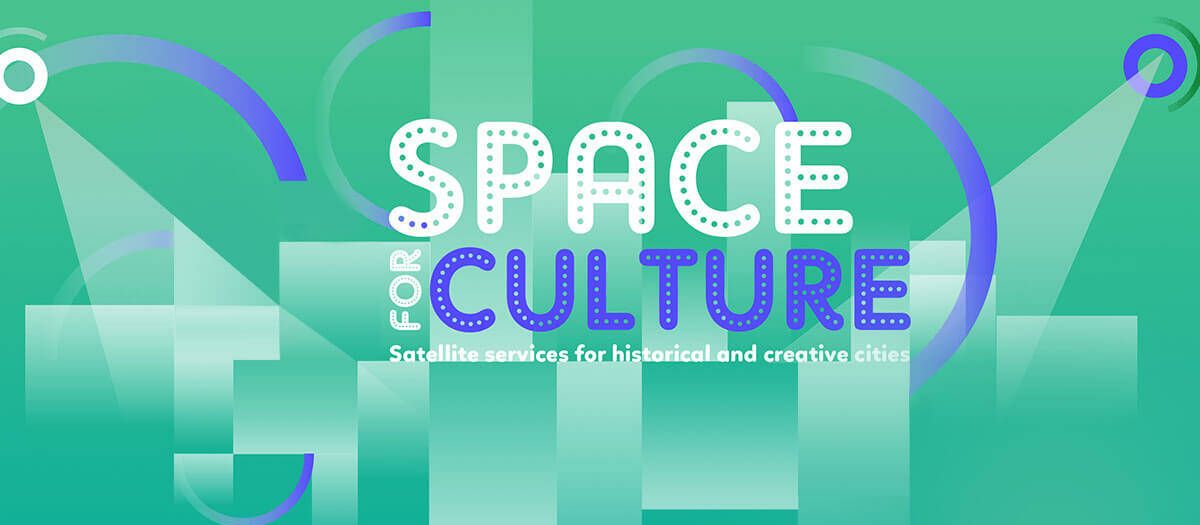The European Year of Cultural Heritage 2018
With 72% of the European population living in urban areas, safeguarding urban landscapes and quality of life in historical cities is becoming a challenging task.
Indeed, historical urban landscapes are threatened by traffic, tourists, new buildings and climate change, among others. Regional and local authorities are currently seeking for innovative solutions to improve the delivery of public services in historical cities, while safeguarding and promoting their cultural assets. Not only are they looking for ways to protect and restore heritage within and around cities, but also for strategies to capitalise on tangible and intangible heritage to support the tourist, creative and cultural sectors.
The importance of promoting sustainable cities has been widely recognised and placed on the European and global development agendas.
The Urban Agenda for Europe aims at ensuring maximum utilisation of the growth potential of cities and to successfully tackle social challenges, while the United Nations Sustainable Development Goal 11 aims at making cities “inclusive, safe, resilient and sustainable” by 2030. The targets of the Goal include ensuring access to public services, enhancing resilience to climate change and natural disasters and strengthening efforts to protect and safeguard the cultural and natural heritage.
Europe’s cultural and creative sectors represent around 4.5% of European gross domestic product and 3.8% of the EU workforce (8.5 million people).
These sectors have proven more resilient than others to economic downturn, fostering innovation and positively impacting other sectors [1]. Nevertheless, despite their potential, the cultural and creative sectors remain underexploited and at risk, both from an environmental and human perspective.
The European Commission’s approach to culture and media aims at granting access to culture and media contents anywhere in Europe by promoting open-data, open government and re-use of public sector information, and by digitalising Europe’s cultural heritage [2]. It also wants to ensure that the creative and cultural industries profit from innovations in other sectors.
The European Commission together with the Council and the European Parliament, agreed on establishing a European Year of Cultural Heritage in 2018 (EYCH2018).
This celebration will draw attention to the opportunities offered by our cultural heritage, but also to the challenges it faces. It will highlight what the EU is doing for conservation, digitisation, infrastructure, as well as research and skills development. Moreover, discussions on how new technologies and digital services can support the safeguard and promotion of our heritage in all its forms – tangible, intangible, natural, and digital – will be promoted.
In line with their mission, EURISY, the Basilicata region, NEREUS, the TeRN Consortium and the Italian Space Agency (ASI) will contribute to the EYCH2018 by showcasing how operational satellite services can support the management of historical cities and the enhancement of the cultural and creative sectors, with an event having a specific focus on services in historical cities, cultural heritage and creativity.
The potential of satellite services to foster culture and creativity
With the EU space flagship programmes EGNOS, Galileo and Copernicus entering the stage of operability, satellite applications represent reliable and efficient tools that can be used to better manage historical cities and to both preserve and promote tangible and intangible cultural heritage. Moreover, satellite-based services can allow for the development of new cultural services and artistic experiences and provide new forms of social engagement and exchange.
Indeed, satellite applications are already operationally used by local administrations, private companies and NGOs to enhance public services in historical cities, safeguard and promote cultural heritage, and to develop new creative and artistic experiences.
Satellite imagery is routinely employed to assess the status and potential damages to cultural heritage sites, to monitor soil deformation and buildings’ structural integrity, to ensure that public works do not endanger archaeological sites, to prevent, monitor and contrast the effects of climate change and geo-hazards on cultural sites, and even to spot buried archaeological remains from the sky. Earth Observation, combined with satellite navigation, also offers the data needed to develop augmented reality models and historical maps. Satellite navigation allows instead for the creation of geo-located thematic itineraries, serious games and much more.
However, public and private institutions involved in the management of historical cities or operating in the cultural and creative sectors are not always aware of the features and potentialities of satellite applications, nor of the available datasets.
It is hence important to stimulate dialogue and knowledge exchange among the professionals who are already using satellite applications and those who are interested in them. With the systems of European satellites finally in place, a new generation of satellite-based services is to be created. Discussions are already carried out between the European Commission and cultural stakeholders on the potential uses of Copernicus’ services and products to better manage historical cities and to safeguard cultural heritage [3].


